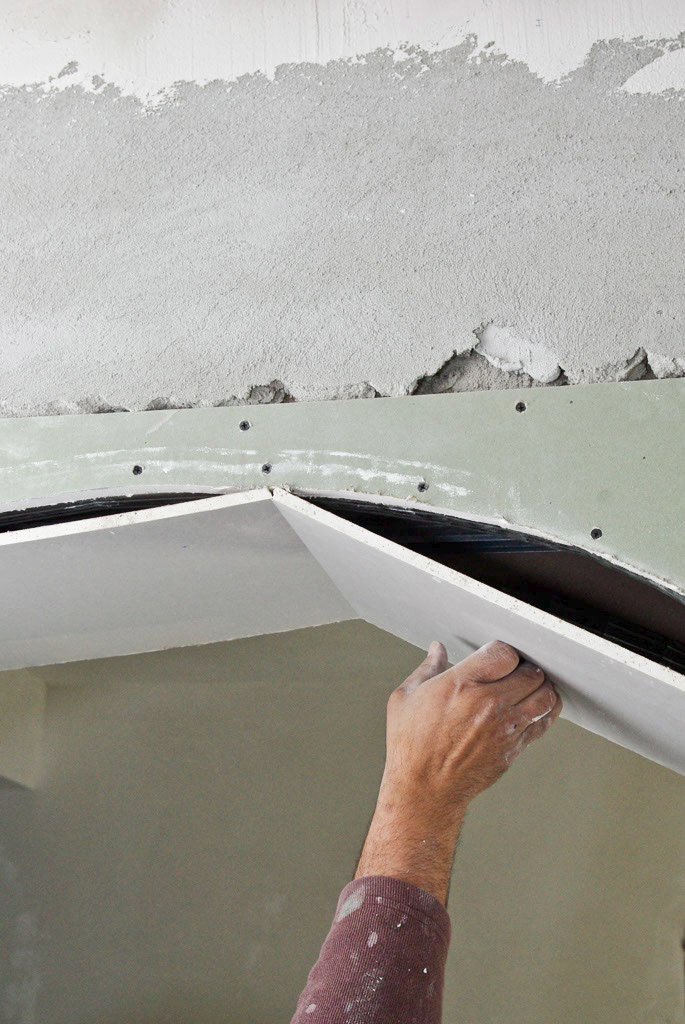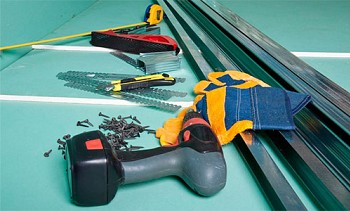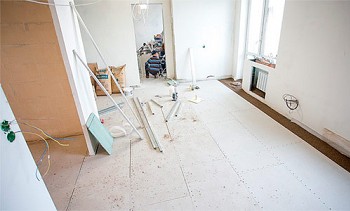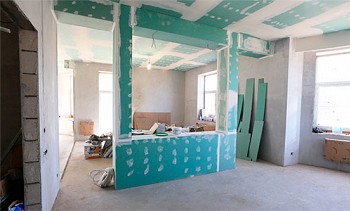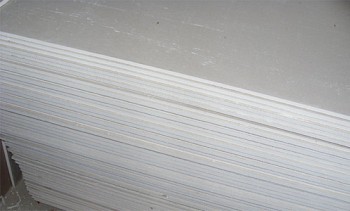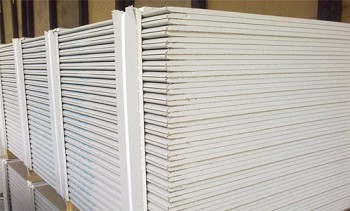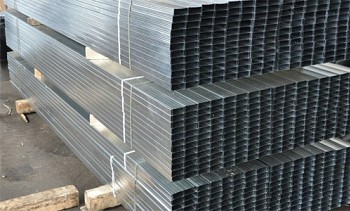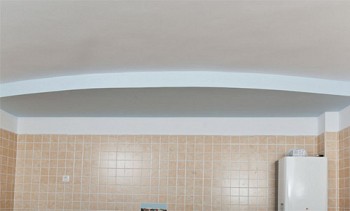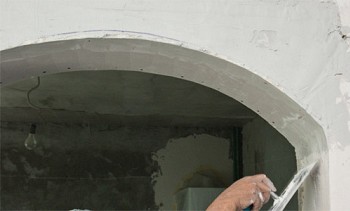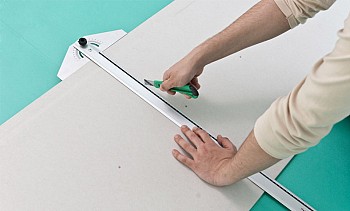Drywall, as a rule, is used to create perfectly smooth surfaces. However, curvilinear interior objects made of drywall - arches of doorways, embossed multi-level ceilings, niches with curved lines, are becoming increasingly popular among designers and homeowners. You can create such masterpieces yourself. All you need for this is materials, tools and our detailed instructions. Our advice will be useful not only to finishers, who, due to their professional duties, deal with drywall almost every day, but also to ordinary owners of apartments and houses.
If you decide to diversify the interior of your home with one of these unique objects, you first need to learn how to bend drywall and how to make a curved frame for attaching it. And our article will help you with this.
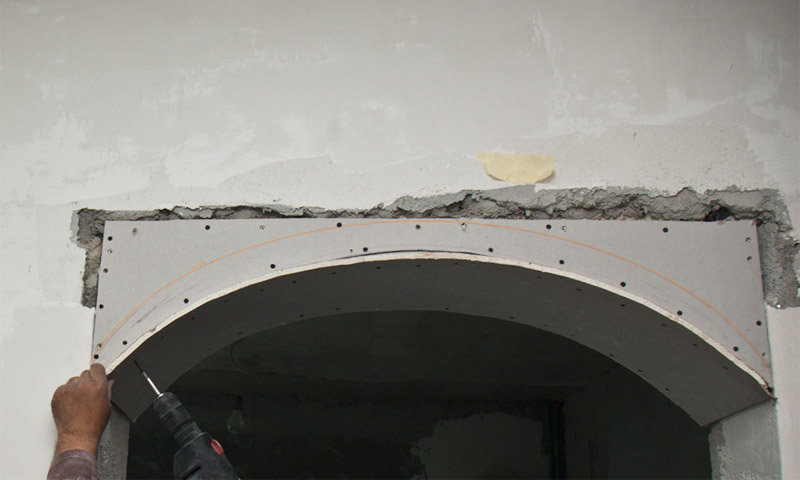
Content:
How to bend drywall
In order to give a drywall sheet a curved shape, you will need the following:
Materials:
- drywall sheet;
- drywall screws.
Tools:
- T-square or square, tape measure, pencil, knife with interchangeable blades;
- roller, garden sprayer or sponge.
First of all, you need to cut a piece of drywall of the size you need. This operation is quite simple: place a square along the edge of the drywall sheet and use a knife to make a deep cut. Then bend the sheet along the cut line to break the gypsum layer. And the last thing you should do is cut the paper layer from the opposite side. Do not forget to make sure that the cut fragment fits your size.
- See material for more details: How and how to cut drywall and make holes in it.
There are two ways to give a drywall sheet a curved shape - wetting its surface and applying parallel cuts. The first method is used when it is only necessary to slightly bend the drywall sheet. The second method will be useful when the sheet needs to be given greater curvature. In the latter case, there is an alternative option: you can use two layers of drywall with a thickness of 6.5 mm (the so-called arched drywall), as it is easier to bend, or a layer of 6.5 mm plywood plus a layer of 6.5 mm drywall.
Based on our own experience, we recommend that you practice your waste before you start working with a large sheet of drywall. Having done this several times, you will understand how easy it is to bend drywall at home - you can do such a job.
Method One: notches on one side of the sheet
This method is mainly used when creating door arches where it is required to bend drywall over a large radius. In this case, to bend the sheet of drywall, you must make notches on it every 3-5 cm. Lay the sheet on the floor or lean it against the wall and using a ruler (in our case, the construction level), make a lot of parallel cuts. Incision of the paper layer on one side of the drywall sheet will make it easy to bend, while the remaining intact layer of paper on the other side will keep the sheet from breaking.
Tip: Remember that you should make notches on the outer surface of the future curve, otherwise you will not be able to bend drywall correctly.
Next, you must break the gypsum at the cut points to make the sheet very flexible.If you did everything correctly, drywall will bend very easily, and you can easily give it the desired shape.
Now it remains to align a fragment of the future arch with the plane of the wall and fix it with screws. Perform all operations with great care so that the result of the work meets your expectations.
We recommend that you fasten the curved piece of drywall every 3-5 cm. Use a screwdriver with adjustable torque, this will allow you to tighten the screws quickly and correctly. In addition, be sure to ensure the strength of the metal frame to which you are installing drywall, otherwise the arch will not be stiff enough.

Fixing a curved sheet of drywall.
It may seem to you that the arch you created does not look attractive enough. We hasten to assure you that you will not notice any flaws after pasting the edges with reinforcing mesh and applying several layers of putty.
Method Two: Water Wetting
It is possible to give drywall a curved shape by moistening the back surface of the sheet. If you need to bend the sheet strongly enough, you should wet not only the back, but also its front side. Plasterboard sheets must be laid on a flat concrete floor and moistened with a roller or garden sprayer. If the drywall needs to be moistened sufficiently strongly, you can use a sponge for these purposes. Remember that excess water can easily damage the material, so drywall should be moistened gradually.

Photo 5. Moistening of drywall sheet.
Before you begin to bend directly, the water should be absorbed into the drywall for about an hour. Use with great care, as a damp panel is very easy to damage. After you give the sheet of drywall the desired shape, you must ventilate the room to get rid of excess moisture.
Tip: Do not wet the sheet too much, otherwise the paper will tear easily.
Having fixed one of the edges of the sheet, gradually bend it, screwing in each subsequent self-tapping screw. Take great care and patience to get a smooth curve. Self-tapping screws should be located at a distance of no more than 10-15 cm from each other, otherwise your curve will turn out wavy.

Fastening curved drywall using self-tapping screws.
Screw the screws carefully so as not to damage the drywall, otherwise you will have to spend more effort on finishing the surface with putty.
As you can see, giving a drywall a curved shape is not as difficult as it might seem at first glance. You just have to use the right tools and techniques to get the job done in a professional manner.
Tip: To form bends with a small radius of curvature, you should make cuts on the back surface of the drywall sheet every 3-5 cm. If you need to bend the sheet only slightly, moisten it with a roller or sponge. We recommend that you consider the sequence of your actions at the very beginning of your work, this will help you avoid possible errors.
How to bend a drywall metal profile
The metal profile frame, on which you will mount the curved drywall, should also, of course, have a curved shape. Bending profiles is easy if you use the right tools and methods. By learning to bend steel profiles, you can create door arches and other curved interior objects, so we recommend that you pay attention to our tips.
There are two main types of metal profiles for drywall: carrier and guide profiles. In addition, there is a special arched profile. The choice of the size of the metal profile depends on the specific task.
In most cases, the guide profiles are installed in the lower and upper parts of the frame, and the bearing profiles are placed vertically and fixed inside the guide channels. Rack profiles must remain perfectly straight, as they carry the weight of drywall boards. You must remember that guide profiles are subject to bending, not rack-mount profiles. If you want to create an arch or any other curved surface from drywall, you must bend the guide profiles, and after fixing them, place rack profiles in their channels. Use 1/2 ”No. 8 flat head self-tapping screws to fasten metal profiles together.
If you are going to bend a metal profile, you will need the following:
Materials:
- metal profiles;
- 1/2 "flat head self-tapping screw No.8.
Tools:
- scissors for metal;
- screwdriver or screwdriver;
- protective gloves.
Time:
- 10-20 minutes for each steel profile.
How to bend a metal profile
To get started, select the supporting and guide metal profiles of the right size for your purpose. Using sharp scissors for metal, cut the profile to the required length.
Tip: Wear protective gloves to avoid cuts on sharp metal edges.
The best way to bend a metal profile is to make cuts on its sides every 5-8 cm. For these purposes, you will need metal scissors for a direct cut. Remember that the slots must be parallel to each other, otherwise you will not be able to bend the profile correctly.

To bend the metal profile, make incisions on its sides.
After you have made the cuts, you must bend the profile to give it the desired shape. Make sure your hands are protected by gloves, otherwise you can easily cut yourself on sharp metal edges.
If you are making a door arch, attach the curved guide profile to the drywall already in place. Use self-tapping screws for drywall (for drywall with a thickness of 12.5 mm, the best choice is self-tapping screws 3.5x41, and for drywall with a thickness of 9.5 mm smaller fasteners are quite suitable).

Using a curved metal profile to create a door arch.
If you need to attach a metal profile to a ceiling or wall, then you have to cut small holes in the walls of the metal profile with thin scissors for the convenience of subsequent fastening. Take your time, otherwise you may damage the profile. After that, fix it on the ceiling / wall using self-tapping screws. In the photographs presented, you can see this procedure from different viewing angles.

Mounting a curved metal profile.

Fastening a curved metal profile to the ceiling.
If you want to attach a metal profile to a specific ceiling / wall, you must first make several test holes in the bearing surface with a drill.
Attach the drywall profile to the ceiling, it should be self-tapping every 25 cm. Use a level to make sure that you are installing the profile correctly.
After fixing the curved profile, you just have to assemble the entire metal profile.

Frame made of metal profile with a curved element.
Now, for sure, you understand how to properly bend drywall and a metal profile for it. You can easily cope with such work yourself, without involving professionals. It is enough to have at hand all the necessary materials and tools and precisely follow our instructions.



